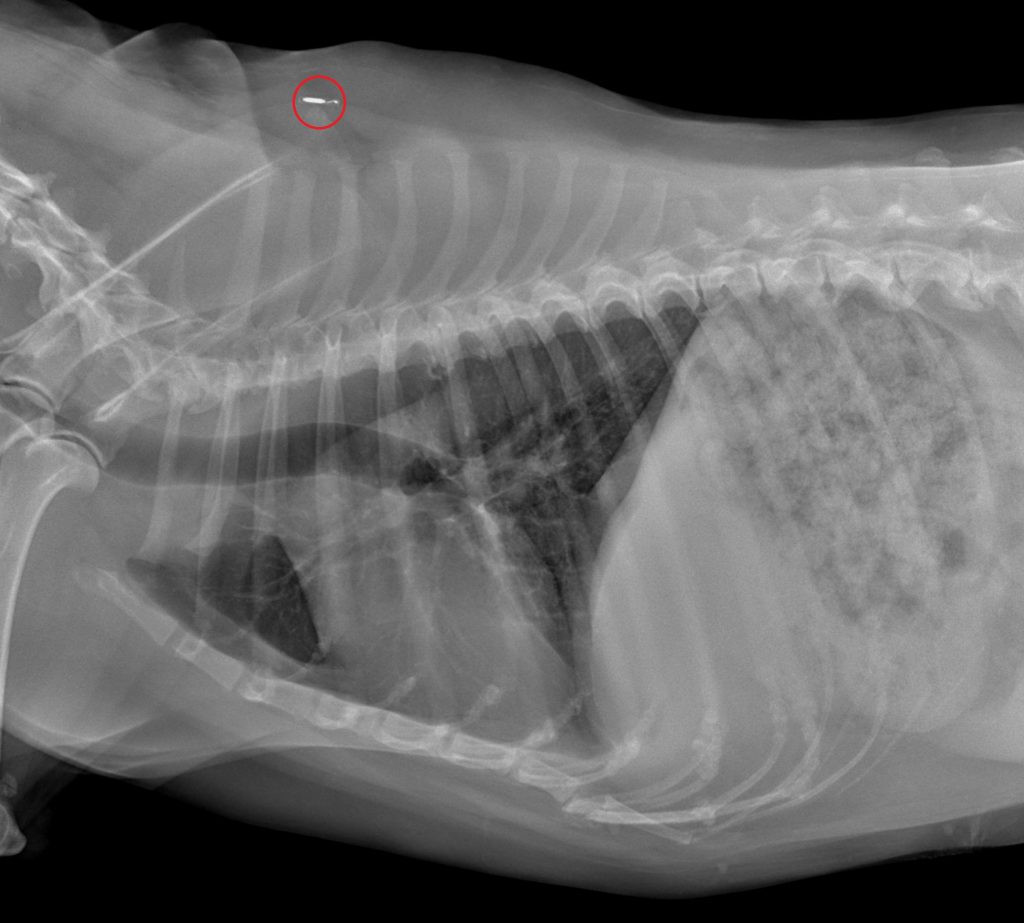You’ll of course know all about GPS collar trackers for pets, but have you ever wondered if there’s such a thing as a GPS implant?
It’s a question we get asked a lot here at Pawfit.
After all, we can implant a microchip into our pets which allow owners to be identified and contacted should their pet ever get lost, but what about implanting a GPS tracker into them?
Whilst you can attach a GPS tracker onto your pet’s collar or harness, if the pet is stolen, thieves could quickly remove the tracker, making it impossible to find them. However, if you could implant a GPS tracker into them that couldn’t be removed, you’d be able to find your lost pet pretty easily.
So, is it possible?
Unfortunately, the answer at the moment is no – the technology just doesn’t exist yet.
Let’s take a look why…
Microchips vs GPS trackers
Microchips are tiny, the size of a grain of rice in fact, and implanted between your cat or dog’s shoulders under their skin. Microchips contain just one piece of information – a reference number. When this number is entered into a database by a vet or animal warden, they’ll be able to access a profile which contains all the owner’s details, including their contact number. This means that if your pet is missing and found, their microchip can be scanned, and you can be contacted and reunited with your pet as soon as possible.

That’s why it’s so important to make sure your pet’s microchip information is up to date. Recently changed your mobile or home phone number? Time to update your pet’s microchip details!
Small, compact and lightweight, GPS trackers, like our Pawfit trackers are getting smaller every day, but they are still a lot bigger than a microchip and that’s because they require a lot more parts to make them work.
GPS trackers need:
- GSM Module
- LED-Light
- Battery Pack
- Loudspeaker
- GPS Antenna
Imagine trying to implant all of that under your pet’s skin!
As well as the size, another reason GPS trackers can’t be implanted into your pet is because of the battery. Unlike a microchip, all trackers contain a battery and it’s the component that takes up the most room in each tracker. This is because the size of the battery is directly related to the tracker’s battery life – the bigger the battery, the longer it’ll need between charges.
These batteries also require charging by connecting them to a power source via a USB cable. It’d be pretty hard to charge the battery if it was implanted in your pet!

Will we one day be able to implant a GPS tracker into our pets?
Never say never! Technology is advancing all the time, and one day it could be possible that there’s a GPS tracker developed that can be implanted into your pet. But for now, we recommend getting a GPS tracker that can be attached to your pet’s collar so that you can always see where your pet is whenever they’re out of sight.
Shop our Pawfit 2 pet tracker here.



